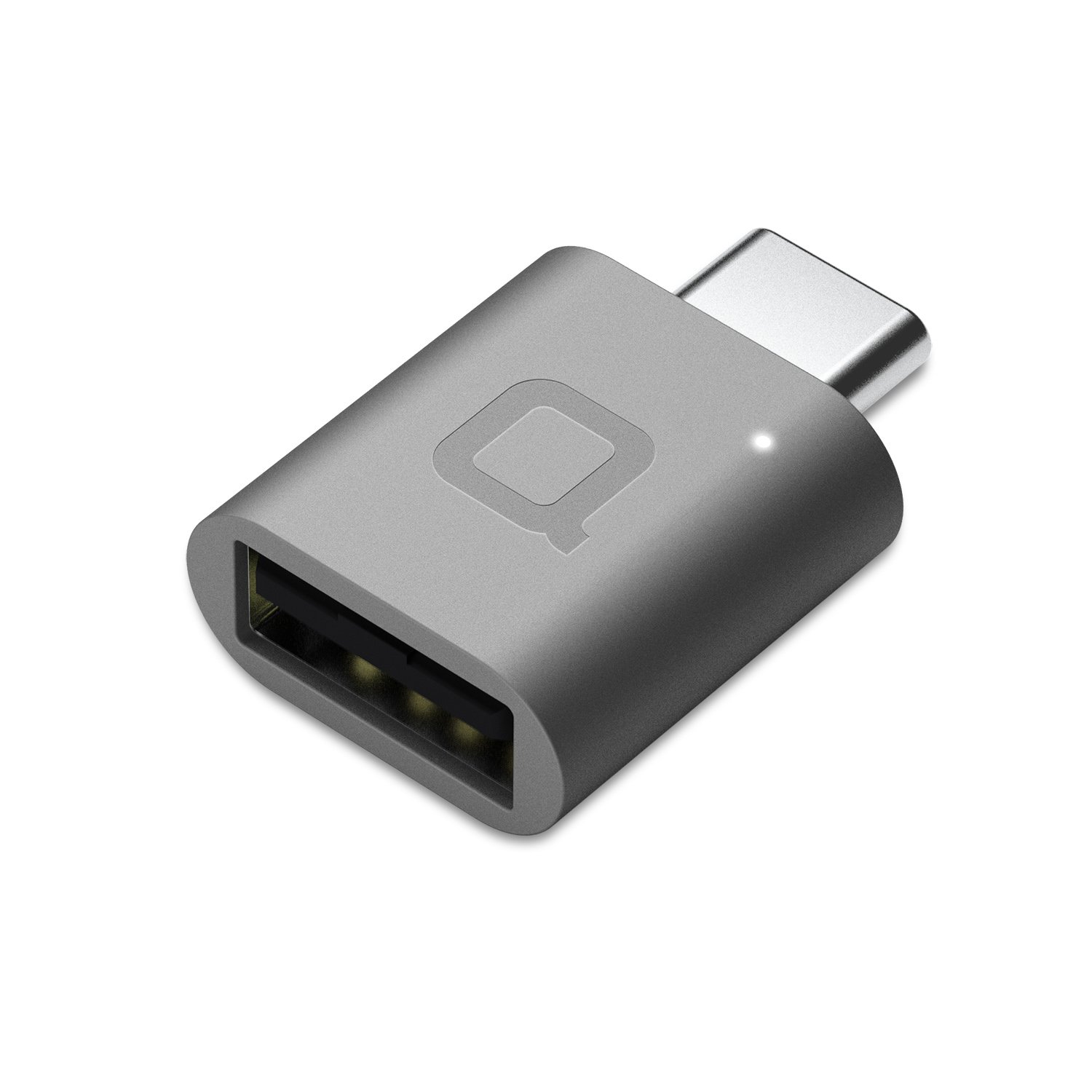

Articles
What Is A Usb Adapter
Modified: January 21, 2024
Learn all about USB adapters in this informative article. Understand what they are, how they work, and their different types. Discover how USB adapters can enhance your connectivity.
(Many of the links in this article redirect to a specific reviewed product. Your purchase of these products through affiliate links helps to generate commission for Storables.com, at no extra cost. Learn more)
Introduction
The advancement of technology has led to the development of various electronic devices that make our lives easier and more convenient. One of the most commonly used connectivity options for these devices is the Universal Serial Bus, commonly known as USB. USB ports facilitate the transfer of data, power, and audio/video signals between devices.
While most devices come with built-in USB ports, there are times when you may need additional connections or compatibility options. This is where USB adapters come into play. USB adapters are versatile devices that allow you to extend, convert, or enhance the functionality of your USB connections.
In this article, we will explore the world of USB adapters in detail, discussing their different types, benefits, common uses, factors to consider when choosing one, as well as how to use them effectively. Whether you’re a tech enthusiast or a casual user, understanding USB adapters will empower you to make the most out of your electronic devices.
Key Takeaways:
- USB adapters are versatile tools that enhance device connectivity, offering benefits such as enhanced compatibility, cost-effectiveness, and portability. They enable seamless connections between different devices and USB standards, ensuring optimal user experience.
- When choosing a USB adapter, consider factors like compatibility, adapter type, USB version, number of ports, build quality, and brand reputation. Using and troubleshooting USB adapters is a straightforward process, offering a practical solution to connectivity challenges.
Read more: What Is A Usb-C Adapter
Definition of a USB Adapter
A USB adapter is a device that allows you to connect different types of USB devices or cables to each other. Essentially, it acts as a bridge between two USB devices that may have different ports, connectors, or compatibility requirements.
USB adapters come in various shapes and sizes, designed to accommodate different types of USB connections. They can be small and compact, resembling a simple plug, or they can have multiple ports and functions.
These adapters are equipped with USB connectors at one end, which can be a Type-A, Type-B, or Type-C connector, and the other end features a different type of connector or port, depending on the specific adapter.
The USB adapter allows you to expand the capabilities of your USB devices. It can convert one type of USB connector to another, extend the length of a USB cable, enable the connection of multiple devices to a single USB port, or provide compatibility options for older or specialized devices.
USB adapters are commonly used in various scenarios, such as connecting a USB-C device to a USB-A port, converting a USB port into an Ethernet port, or connecting a printer to a computer that lacks the necessary USB port.
In summary, a USB adapter is a versatile device that enables compatibility and connectivity between different USB devices with varying ports or connectors. It enhances the flexibility and functionality of your devices, allowing them to work together seamlessly.
Types of USB Adapters
USB adapters come in a variety of types, each serving a specific purpose or addressing a particular need. Here are some of the most common types of USB adapters:
- USB to Ethernet Adapter: This adapter allows you to connect your computer or laptop to an Ethernet network using a USB port. It is particularly useful for devices that don’t have a built-in Ethernet port, providing a reliable and high-speed wired network connection.
- USB to VGA/HDMI/DVI Adapter: These adapters are used to connect your computer or laptop to an external display, such as a monitor or projector. They convert the USB signal into a video signal, allowing you to extend or mirror your screen to a larger display.
- USB to Serial Adapter: This adapter enables you to connect devices that use serial communication, such as older printers, modems, or industrial equipment, to a USB port. It converts the USB signal into a serial signal, providing compatibility with legacy devices.
- USB to Audio Adapter: If your computer or laptop lacks an audio jack, this adapter can come in handy. It allows you to connect headphones, speakers, or microphones to a USB port, providing audio input or output functionality.
- USB to Bluetooth Adapter: This adapter adds Bluetooth functionality to your computer or laptop that doesn’t have built-in Bluetooth support. It allows you to connect wireless devices, such as keyboards, mice, and headphones, to your computer without the need for cables.
- USB to Parallel Adapter: This adapter enables you to connect parallel devices, like older printers or scanners, to a USB port. It converts the USB signal into a parallel signal, granting compatibility with devices that use the parallel interface.
- USB-C to USB-A Adapter: With many devices transitioning to USB-C ports, this adapter allows you to connect USB-A devices, like flash drives or keyboards, to a USB-C port. It ensures compatibility and seamless connectivity between devices with different USB ports.
These are just a few examples of the wide range of USB adapters available in the market. It’s essential to choose the right adapter based on your specific requirements and the compatibility needs of your devices.
Benefits of Using USB Adapters
USB adapters offer several benefits that enhance the functionality and convenience of your electronic devices. Here are some of the advantages of using USB adapters:
- Enhanced Connectivity: USB adapters provide you with the ability to connect devices with different ports or connectors, expanding the connectivity options of your devices. Whether you need to connect a USB-C device to a USB-A port or convert a USB port into an Ethernet port, USB adapters offer the flexibility to make these connections possible.
- Compatibility: USB adapters address compatibility issues that may arise when using devices with different USB standards. For example, if you have a USB 3.0 device and a computer with only USB 2.0 ports, a USB 3.0 to USB 2.0 adapter will allow you to connect and use the device with full functionality.
- Convenience: USB adapters eliminate the need for purchasing new devices or cables when faced with compatibility issues. Instead of investing in an entirely new device, you can simply use an adapter to make your existing devices compatible with each other.
- Cost-effectiveness: USB adapters are typically more affordable compared to buying new devices with the desired ports or connectors. They provide a cost-effective solution to extend the lifespan of your current devices and save money.
- Portability: USB adapters are often small and lightweight, making them highly portable and convenient to carry around. Whether you’re traveling or working on the go, you can easily pack these adapters and ensure seamless connectivity wherever you are.
- Flexibility: USB adapters offer versatility by allowing you to connect various devices to your computer or laptop. Whether it’s connecting external displays, audio devices, networking equipment, or legacy devices, USB adapters offer the flexibility to make these connections without any hassle.
- Future-proofing: As technology evolves and new USB standards emerge, USB adapters can help bridge the gap between older devices and the latest USB standards. They ensure that your devices remain compatible and functional, even as USB technology continues to advance.
Overall, USB adapters provide a practical and efficient way to overcome connectivity challenges, enhance compatibility, and maximize the functionality of your electronic devices. Whether you need to connect, convert, or extend your USB connections, these adapters offer a convenient solution that simplifies the process and improves your overall user experience.
Common Uses of USB Adapters
USB adapters have a wide range of applications and are used in various scenarios to address specific connectivity needs. Here are some of the common uses of USB adapters:
- Connecting External Displays: USB to VGA, HDMI, or DVI adapters allow you to connect your computer or laptop to external displays, such as monitors or projectors. This is especially useful for presentations, gaming, or extending your screen real estate for multitasking.
- Expanding USB Ports: USB hubs act as adapters by providing multiple USB ports from a single USB connection on your computer or laptop. This allows you to connect and use multiple USB devices, such as keyboards, mice, printers, and storage devices, simultaneously.
- Connecting Legacy Devices: USB to serial adapters enable you to connect older devices, like modems, industrial equipment, or scientific instruments, that use the serial interface, to your computer or laptop via a USB port.
- Enabling Wired Network Connectivity: USB to Ethernet adapters allow you to connect your computer or laptop to a wired network using a USB port. This is particularly useful for devices that lack a built-in Ethernet port or for situations where a reliable wired connection is preferred over wireless.
- Adding Bluetooth Capability: USB to Bluetooth adapters enable computers or laptops without built-in Bluetooth support to connect wirelessly to Bluetooth-enabled devices, such as keyboards, mice, speakers, and headphones.
- Connecting Audio Devices: USB to audio adapters provide a solution for devices that lack an audio jack. You can connect headphones, microphones, or speakers to a USB port, enabling audio input or output functionality.
- Facilitating Data Transfer: USB data transfer cables, such as USB to USB bridged cables, allow you to transfer files between two computers or laptops by connecting them directly via USB ports. This eliminates the need for a network or external storage devices.
- Powering Devices: USB power adapters enable you to charge or power devices, such as smartphones, tablets, or portable speakers, using a USB port. These adapters often come with various connectors to accommodate different device charging requirements.
These are just a few examples of the many common uses of USB adapters. The versatility and flexibility of USB adapters make them indispensable in a wide range of settings, whether it’s for personal, professional, or industrial use.
When choosing a USB adapter, make sure it is compatible with the devices you want to connect. Check for the type of USB port (e.g. USB-A, USB-C) and the specific version (e.g. USB 2.0, USB 3.0) to ensure compatibility.
Read more: What Is A Usb-C Power Adapter
Factors to Consider When Choosing a USB Adapter
When selecting a USB adapter, there are several factors to consider to ensure that you choose the right one for your specific needs. Here are some important factors to keep in mind:
- Compatibility: Ensure that the USB adapter is compatible with both the device you want to connect and the port you want to connect it to. Check the specifications of the adapter and the device’s requirements to ensure a proper match.
- Type of Adapter: Determine the type of adapter you need based on the specific purpose or functionality you require. Consider whether you need a USB to Ethernet adapter, USB to HDMI adapter, USB to audio adapter, or any other type of adapter that suits your needs.
- USB Version: Take note of the USB version supported by both the adapter and your devices. USB 3.0 offers faster data transfer speeds compared to USB 2.0, so consider opting for a USB 3.0 adapter if compatibility allows.
- Number of Ports: If you require multiple connections, ensure that the adapter has enough ports to accommodate your needs. USB hubs, for example, can provide multiple USB ports for connecting multiple devices simultaneously.
- Build Quality: Consider the build quality and durability of the USB adapter. Look for adapters that are made from high-quality materials and have solid construction to ensure longevity and reliable performance.
- Size and Portability: If you plan to carry the USB adapter with you, consider its size and portability. Smaller, compact adapters are easier to carry and can fit in your bag or pocket conveniently.
- Brand and Reviews: Do some research on the brand reputation and read reviews of the USB adapter you’re considering. This will give you insight into the product’s quality, reliability, and customer satisfaction.
- Price: Compare prices of different USB adapters, keeping in mind that quality and functionality should be your priority. While price is an important factor, it’s worth investing in a reliable and high-quality adapter that will serve your needs effectively.
By considering these factors, you can make an informed decision when choosing a USB adapter. Remember to prioritize compatibility, functionality, and quality to ensure seamless connectivity and optimal performance.
How to Use a USB Adapter
Using a USB adapter is a straightforward process that involves a few simple steps. Here’s a general guide on how to use a USB adapter:
- Identify the Ports: Identify the USB port on your computer or laptop where you will connect the USB adapter. Determine the type of USB port you have, whether it’s a USB-A, USB-B, USB-C, or a specialized port.
- Connect the USB Adapter: Insert the USB end of the adapter into the USB port on your computer or laptop. Ensure that you insert it in the correct orientation to avoid any damage to the port or the adapter.
- Connect the Device: Depending on the type of adapter, connect the appropriate device or cable to the other end of the adapter. For example, if you’re using a USB to Ethernet adapter, connect the Ethernet cable to the Ethernet port of the adapter.
- Install Any Required Drivers or Software: Some USB adapters may require the installation of specific drivers or software to function properly. Check the manufacturer’s instructions or website for any necessary downloads or installations to ensure compatibility and optimal performance.
- Configure the Device: If needed, configure the device or adapter according to the manufacturer’s instructions. This may involve adjusting settings, selecting options, or entering any required information to get the desired functionality from the adapter.
- Test the Connection: Once everything is connected and configured, test the connection to ensure it is working correctly. For example, if you’re using a USB to VGA adapter, check if the external display is functioning and displaying the content from your computer or laptop.
- Disconnect Safely: When you’re finished using the USB adapter, make sure to disconnect it safely. This usually involves ejecting or safely removing the device from your computer or laptop to prevent any data corruption or damage.
It’s important to note that specific instructions may vary depending on the type of USB adapter and the devices you’re using. Always refer to the manufacturer’s instructions and guidelines for detailed information on how to use a specific USB adapter.
By following these simple steps, you can effectively use a USB adapter to connect devices, extend functionality, and enhance your overall user experience.
Troubleshooting Common Issues with USB Adapters
While USB adapters are generally reliable and easy to use, you may encounter some common issues when working with them. Here are a few troubleshooting tips to help you resolve these common issues:
- Ensure Proper Connection: Double-check that the USB adapter is securely connected to both the device and the USB port. Sometimes a loose or improperly inserted connection can cause connectivity issues.
- Check for Compatibility: Verify that the USB adapter is compatible with both the device you’re connecting and the USB port you’re using. Review the specifications and requirements to ensure proper compatibility.
- Update Drivers or Software: If the USB adapter requires specific drivers or software, ensure that you have the latest versions installed. Check the manufacturer’s website for any available updates or patches that may resolve compatibility or performance issues.
- Try Different USB Ports: If you’re experiencing issues with a specific USB port, try using a different port on your computer or laptop. Some ports may have better compatibility or higher power output capabilities.
- Test with Different Devices and Cables: To isolate the issue, try connecting the USB adapter to different devices and using different USB cables. This will help determine if the issue lies with the adapter itself or with the specific device or cable being used.
- Power Cycle Devices: Sometimes a simple power cycle can resolve connectivity issues. Disconnect all devices, including the USB adapter, and power off your computer or laptop. Wait for a few minutes, then power everything back on and reestablish the connections.
- Check Power Source: For USB adapters that require additional power, such as charging adapters, ensure that the power source is functioning properly. Use a different power outlet or try using a different power adapter to rule out any power-related issues.
- Reset Adapter Settings: If you have made any changes to the adapter settings or configurations, try resetting them to their default values. This can help eliminate any incorrect settings that may be causing the issues.
- Contact Manufacturer Support: If you have tried the above troubleshooting steps and are still experiencing issues, reach out to the manufacturer’s support team for assistance. They can provide further guidance or help resolve any hardware or software-related problems.
If the issues persist or if you suspect a hardware fault with the USB adapter, it may be necessary to replace the adapter or seek professional assistance.
By following these troubleshooting tips, you can increase the chances of resolving common issues and ensuring smooth connectivity when working with USB adapters.
Conclusion
USB adapters are versatile and essential tools that enhance the connectivity and functionality of our electronic devices. They enable us to connect different devices, convert ports, extend cables, and overcome compatibility challenges. Whether you need to connect an external display, extend your USB ports, or connect legacy devices, USB adapters offer a simple and effective solution.
Throughout this article, we discussed the various types of USB adapters available, including USB to Ethernet, VGA/HDMI/DVI, serial, audio, Bluetooth, parallel, and USB-C to USB-A adapters. We explored the benefits they provide, such as enhanced connectivity, compatibility, cost-effectiveness, and portability.
We also highlighted the common uses of USB adapters, showcasing their applications in connecting external displays, expanding USB ports, enabling wired network connectivity, adding Bluetooth capability, connecting audio devices, facilitating data transfer, and powering devices.
When choosing a USB adapter, it’s important to consider factors such as compatibility, adapter type, USB version, number of ports, build quality, size/portability, brand reputation, and price to ensure you make the right choice for your needs.
Using a USB adapter is a straightforward process, involving connecting the adapter to a USB port, connecting the desired device, and configuring any necessary software or drivers. Troubleshooting common issues with USB adapters can be done by ensuring proper connection, checking for compatibility, updating drivers or software, trying different ports/devices/cables, power cycling, and contacting manufacturer support if needed.
In conclusion, USB adapters are invaluable tools that enhance connectivity and compatibility, allowing us to make the most out of our electronic devices. By understanding the different types, benefits, uses, and considerations involved in using USB adapters, you can unlock a world of possibilities and ensure seamless connectivity in your digital ecosystem.
Frequently Asked Questions about What Is A Usb Adapter
Was this page helpful?
At Storables.com, we guarantee accurate and reliable information. Our content, validated by Expert Board Contributors, is crafted following stringent Editorial Policies. We're committed to providing you with well-researched, expert-backed insights for all your informational needs.
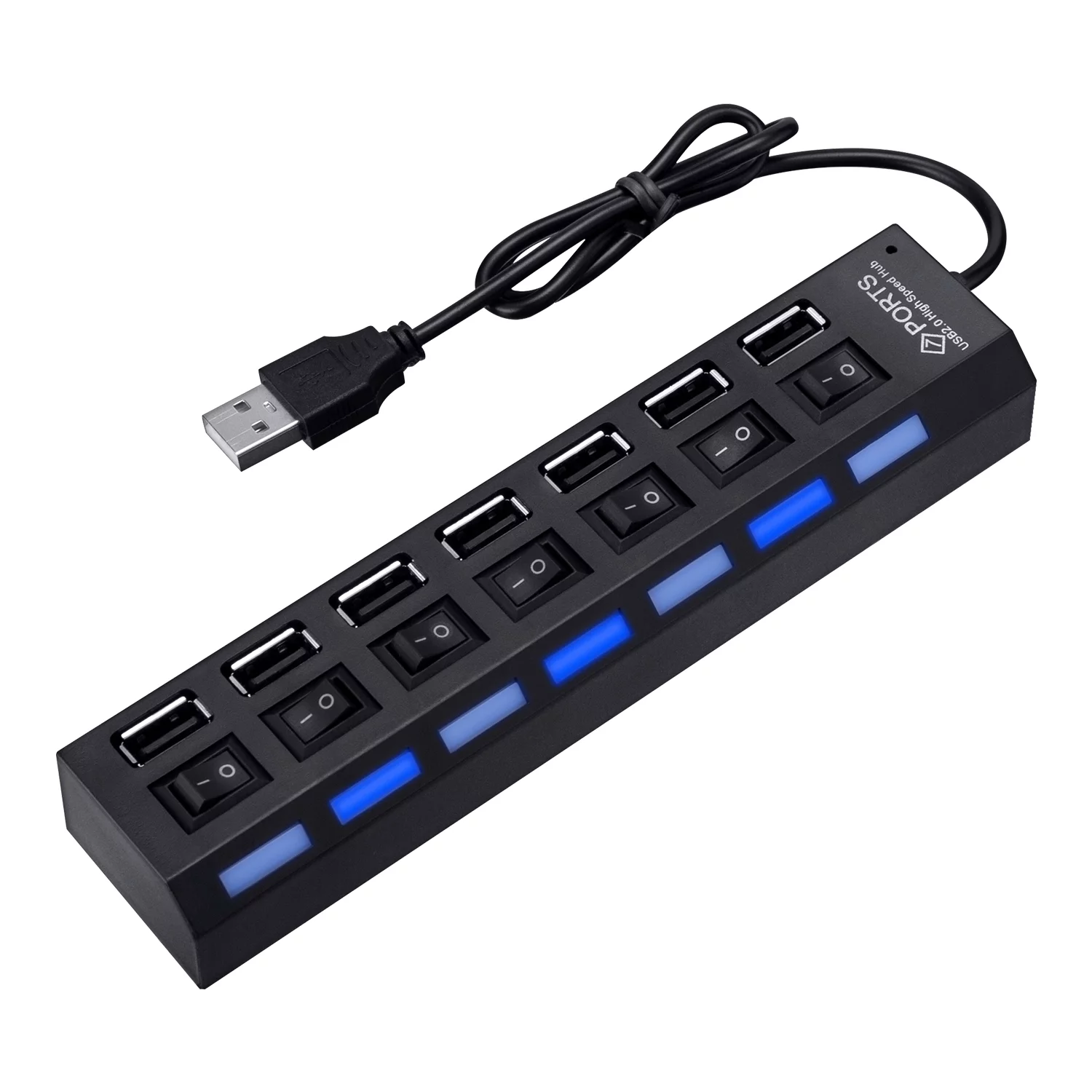
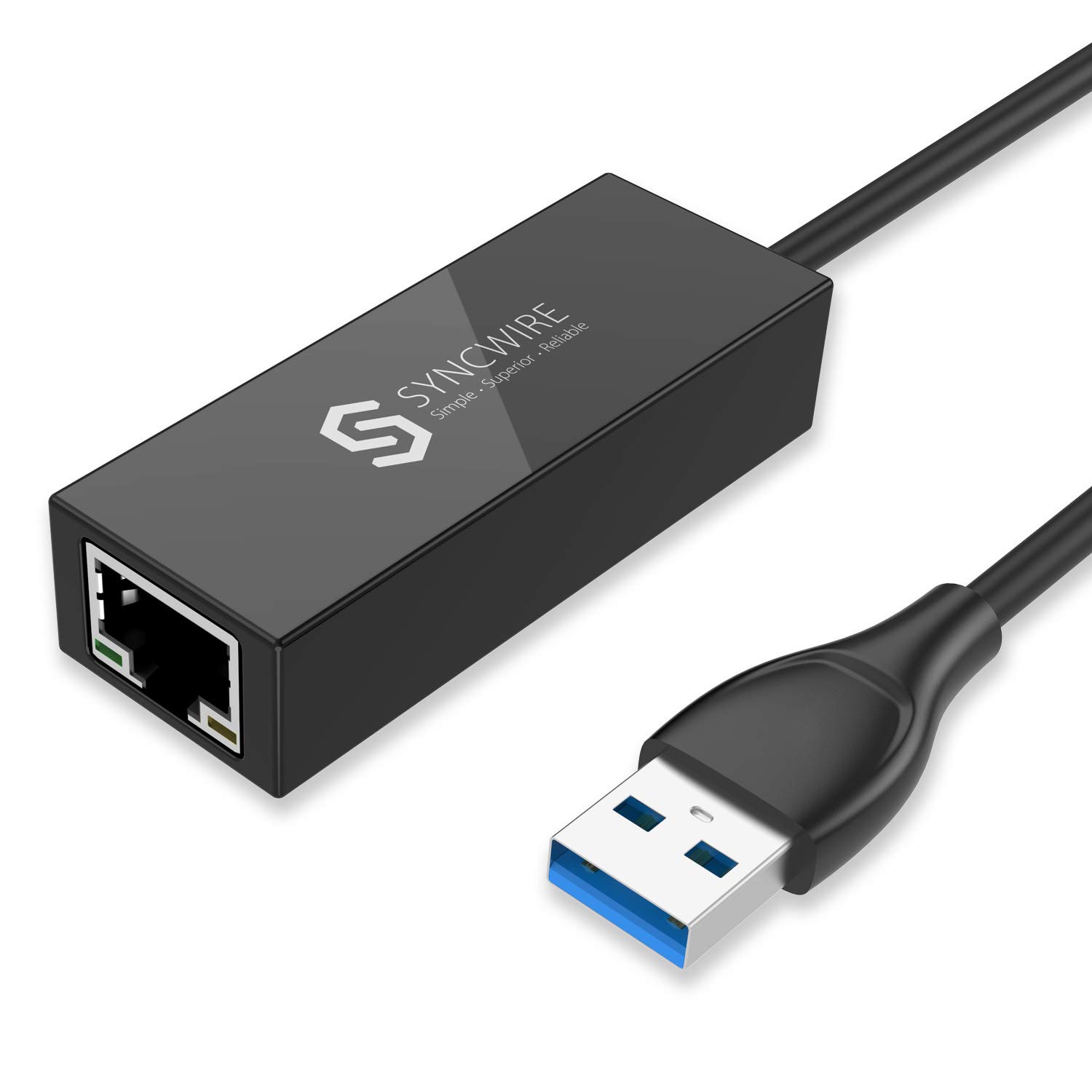
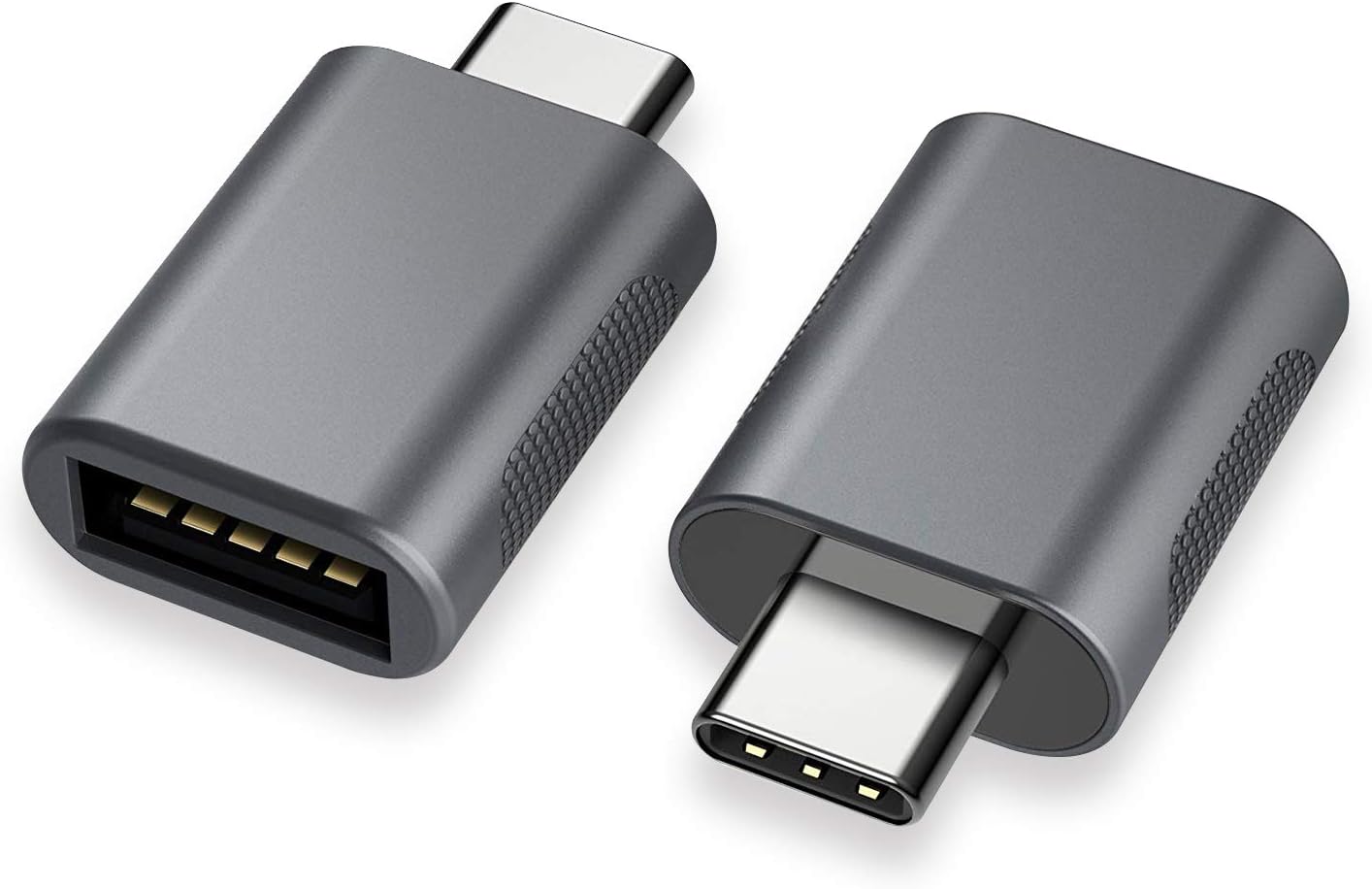
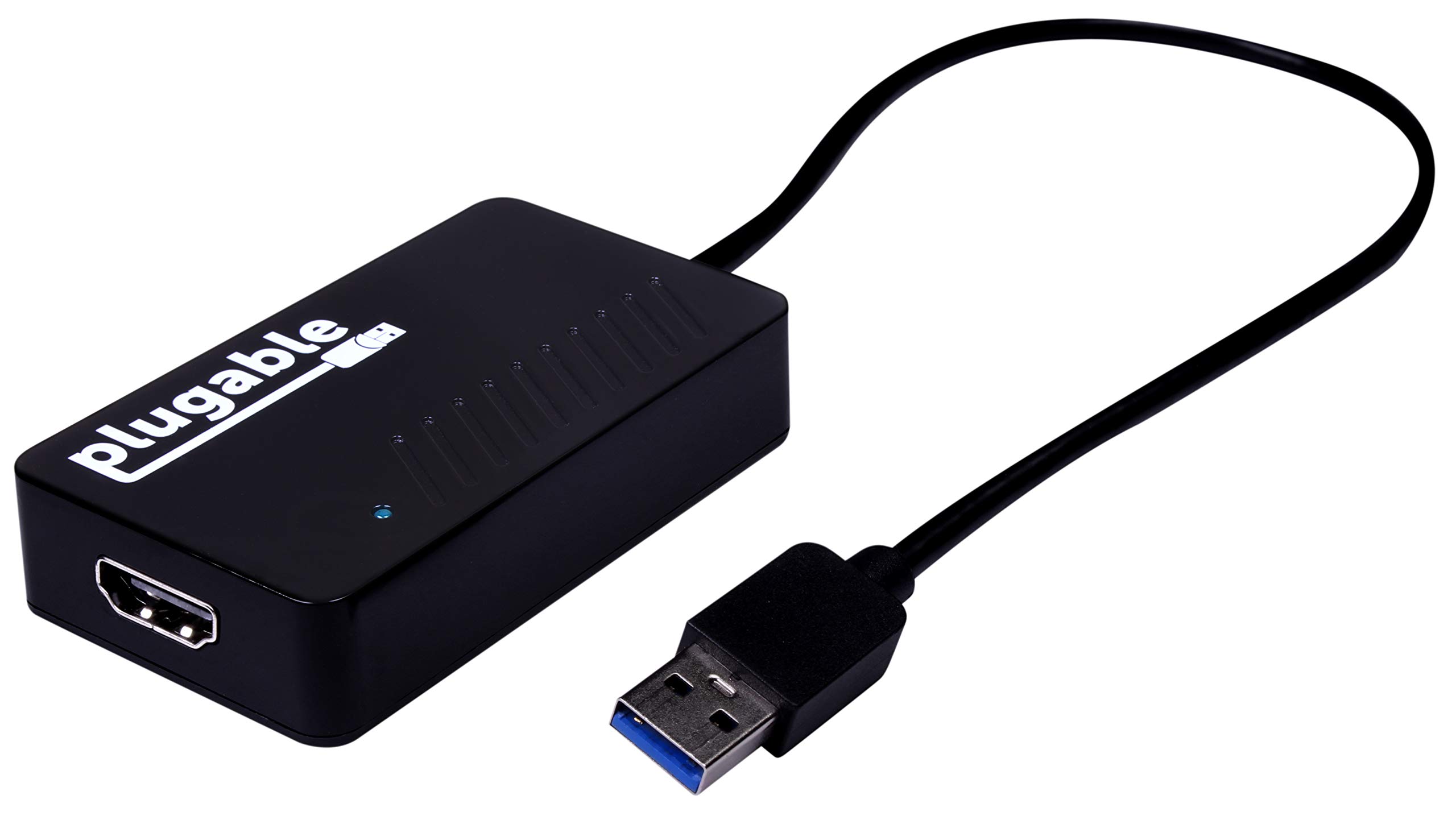
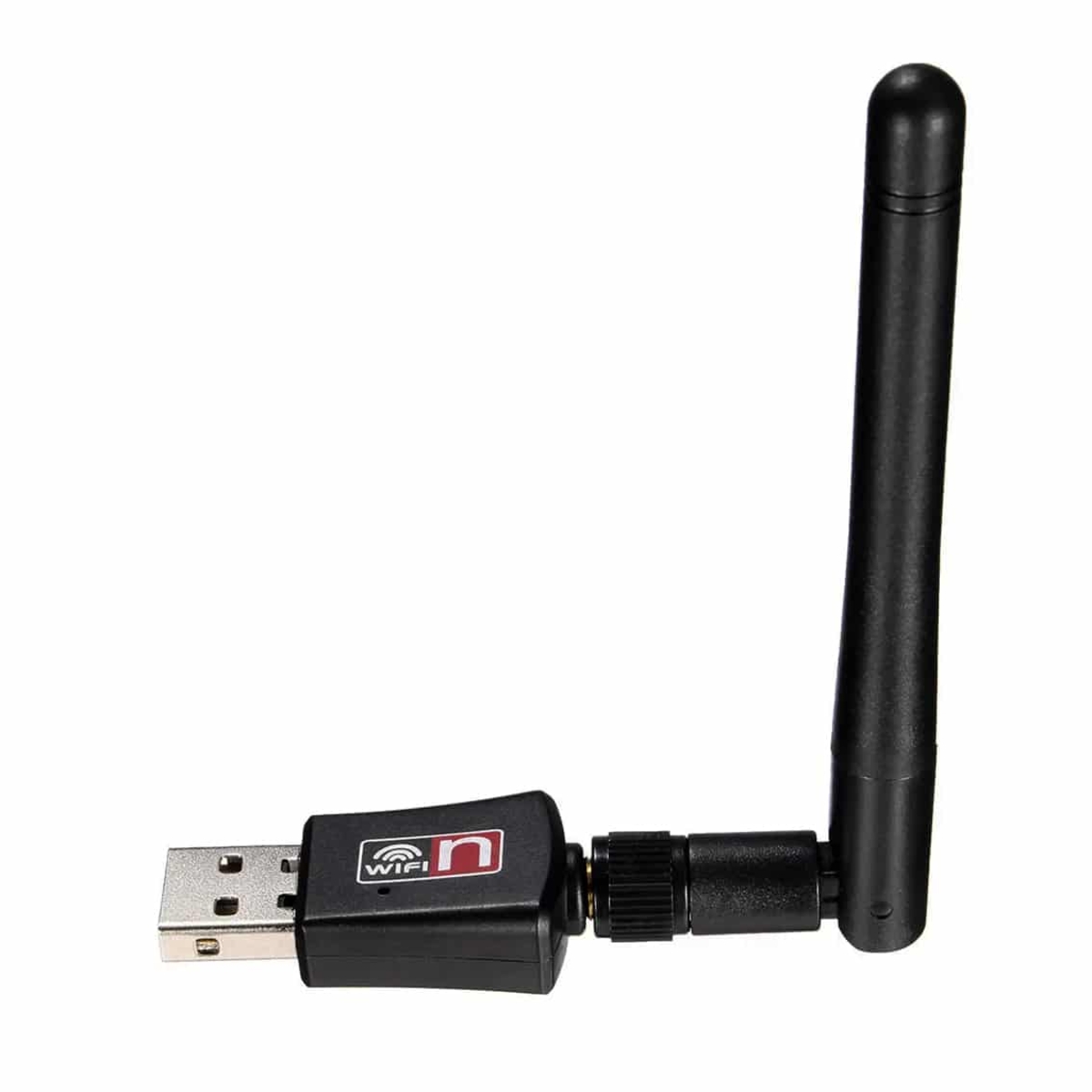
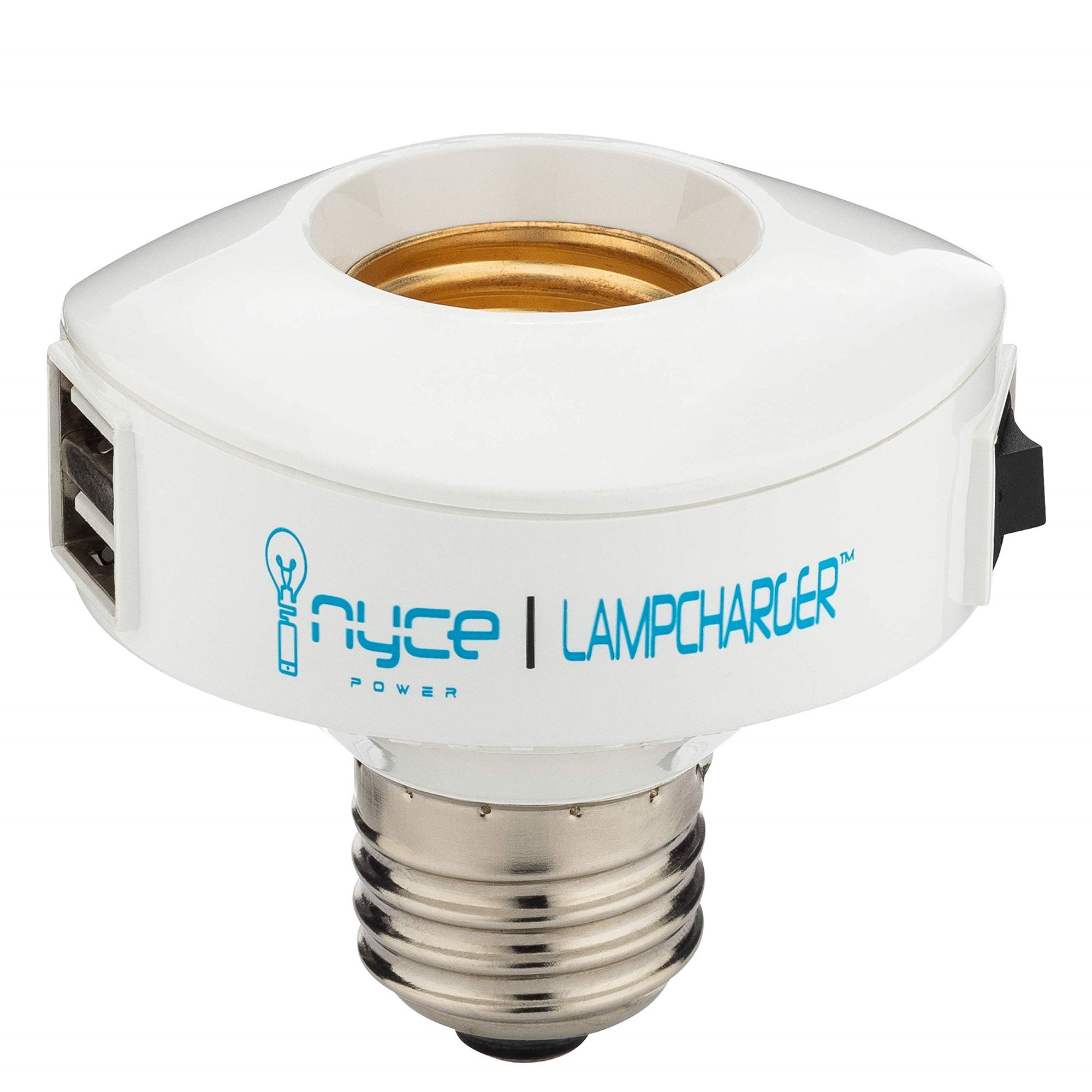
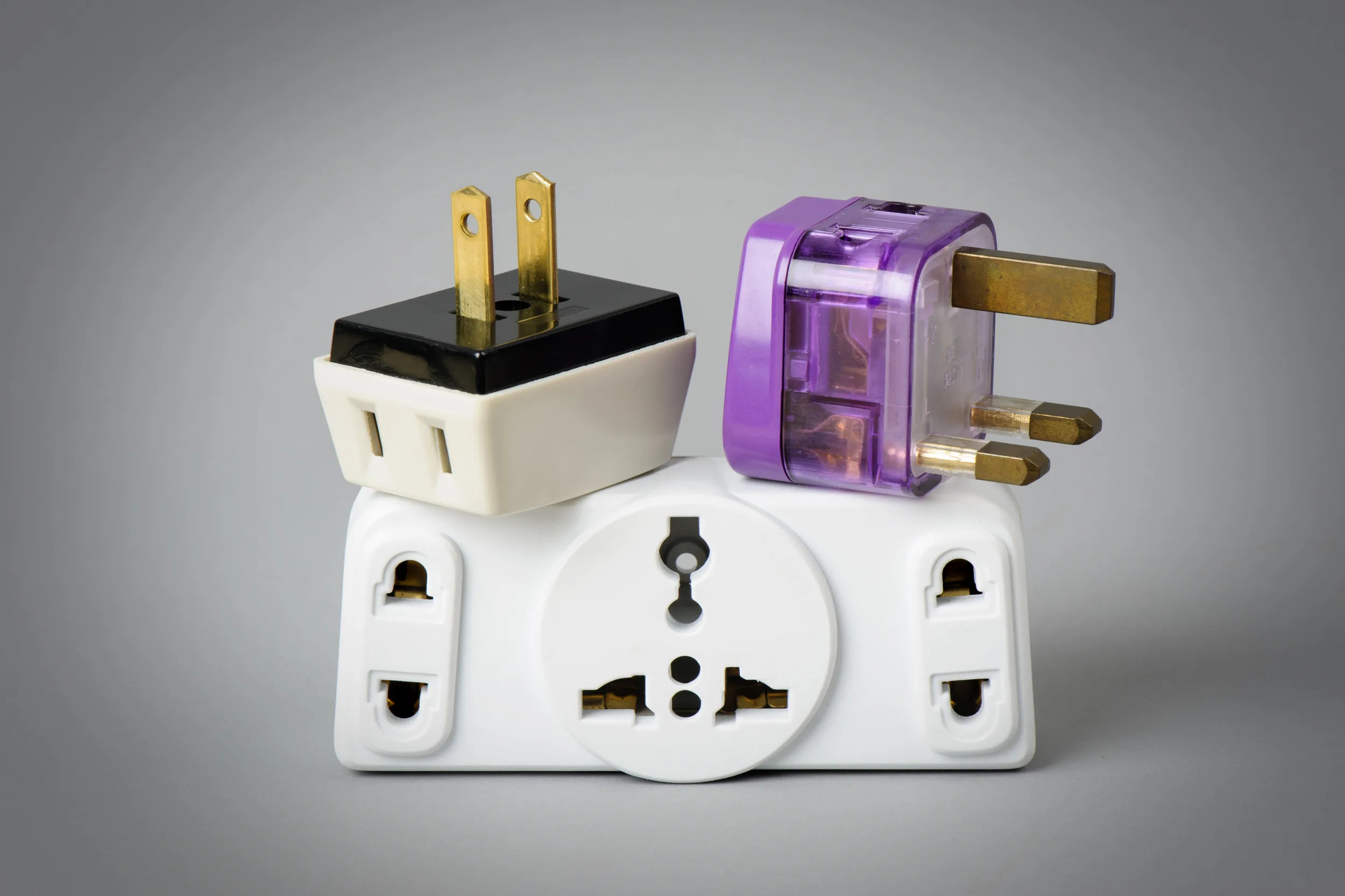
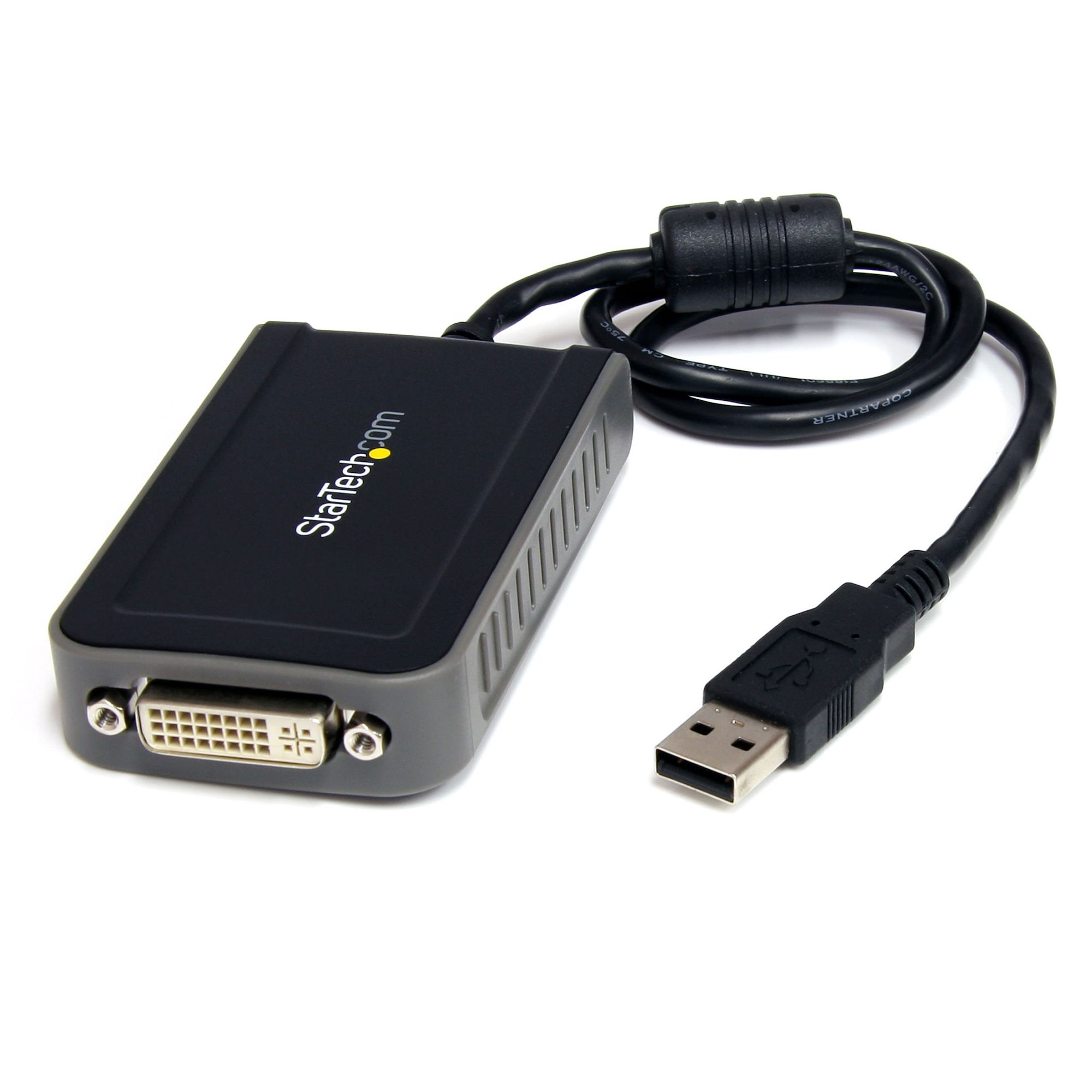
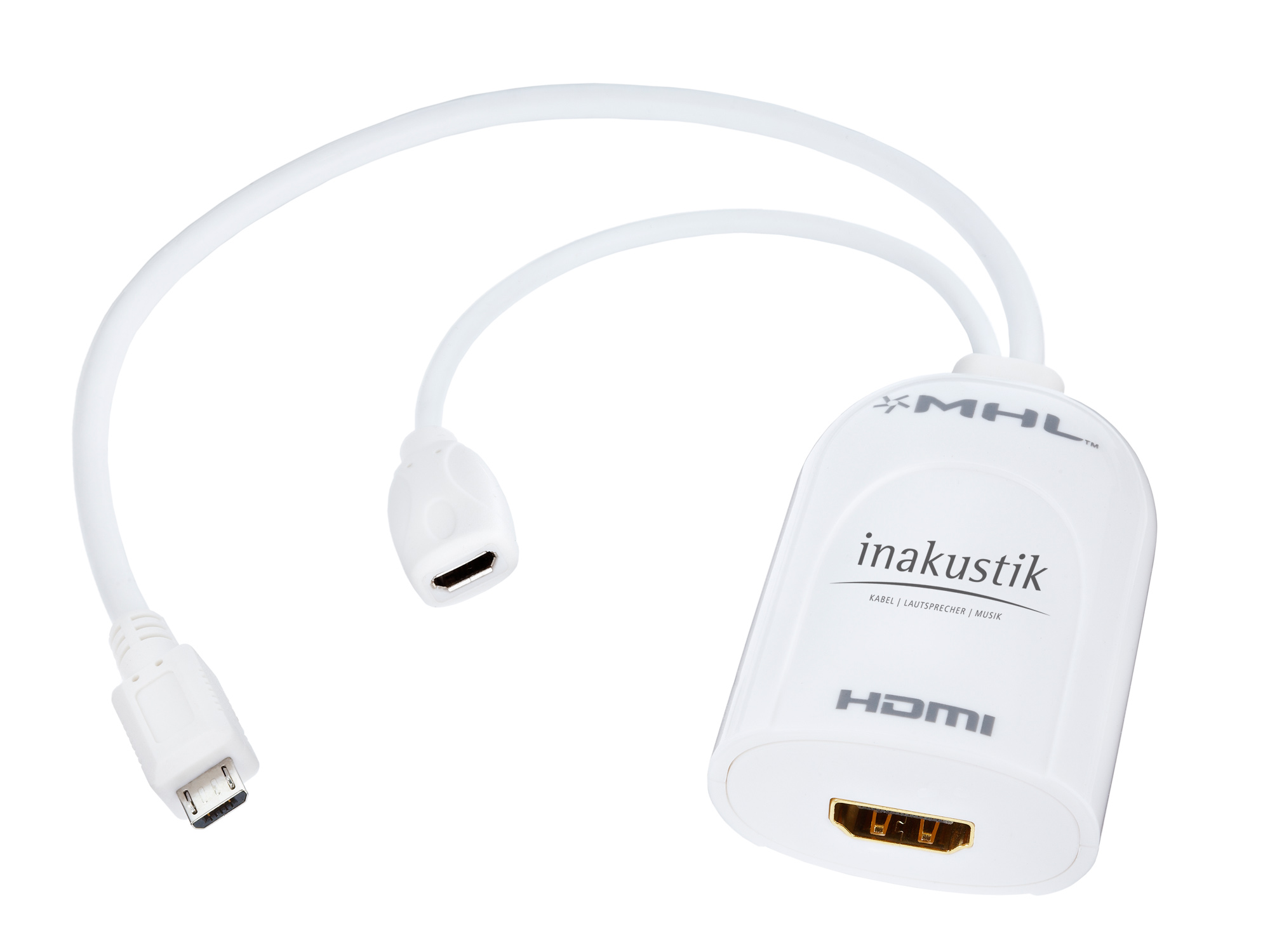
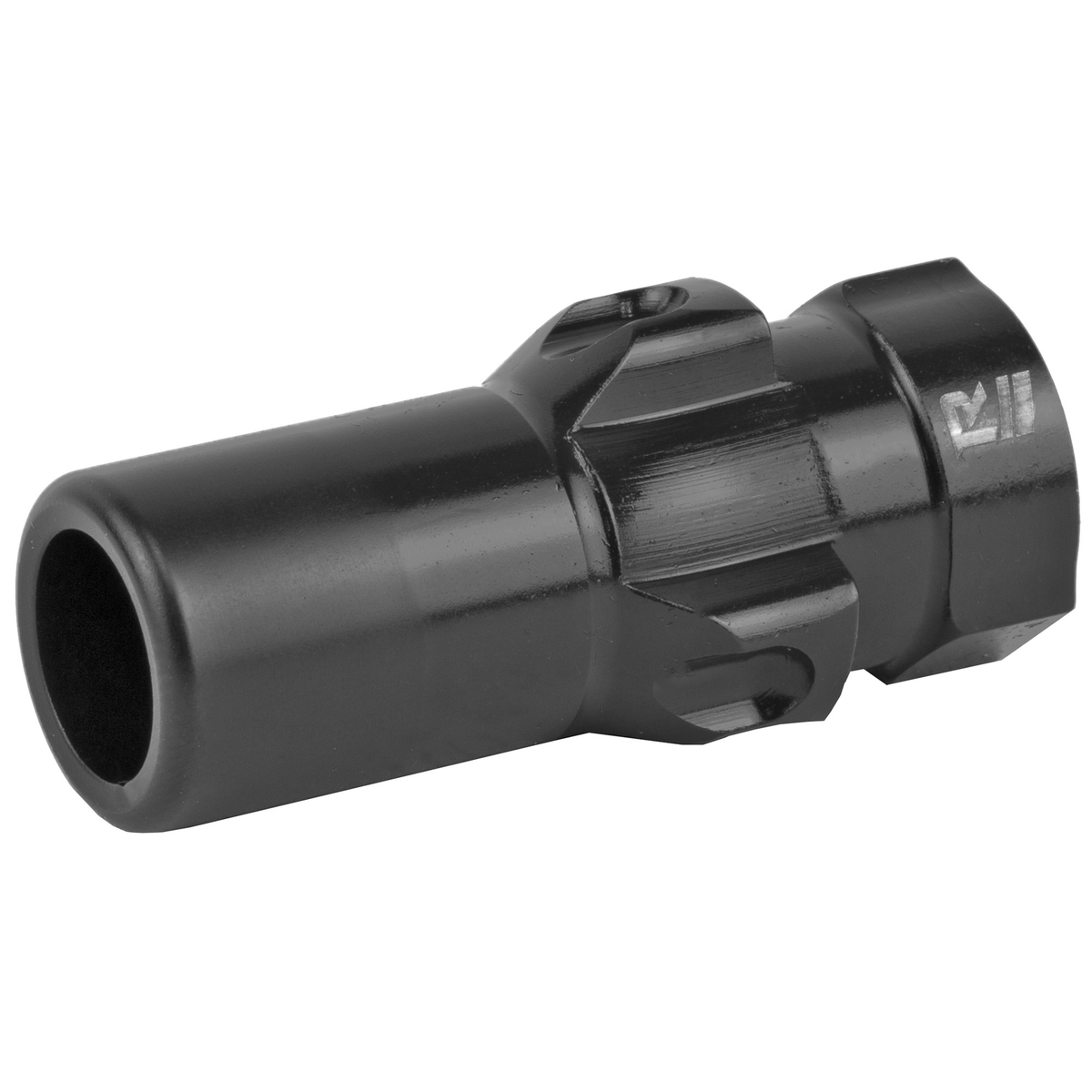
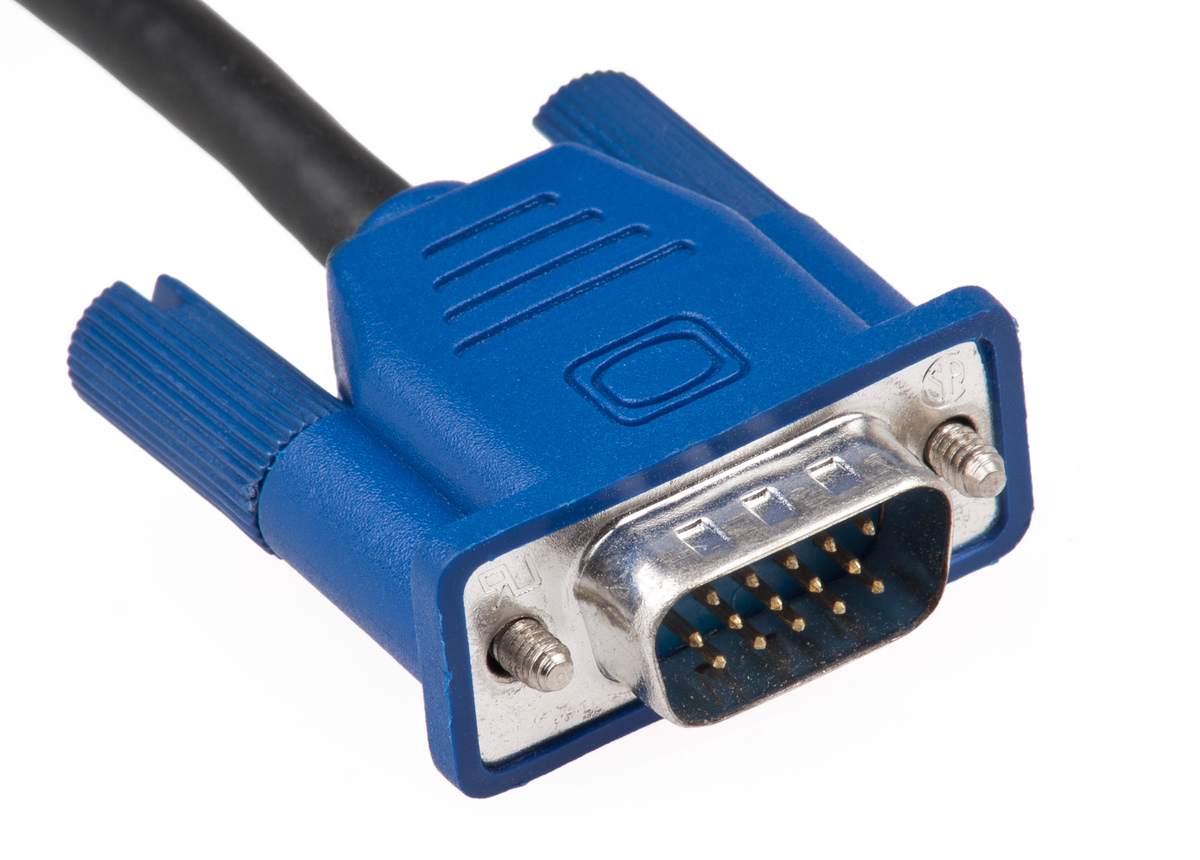
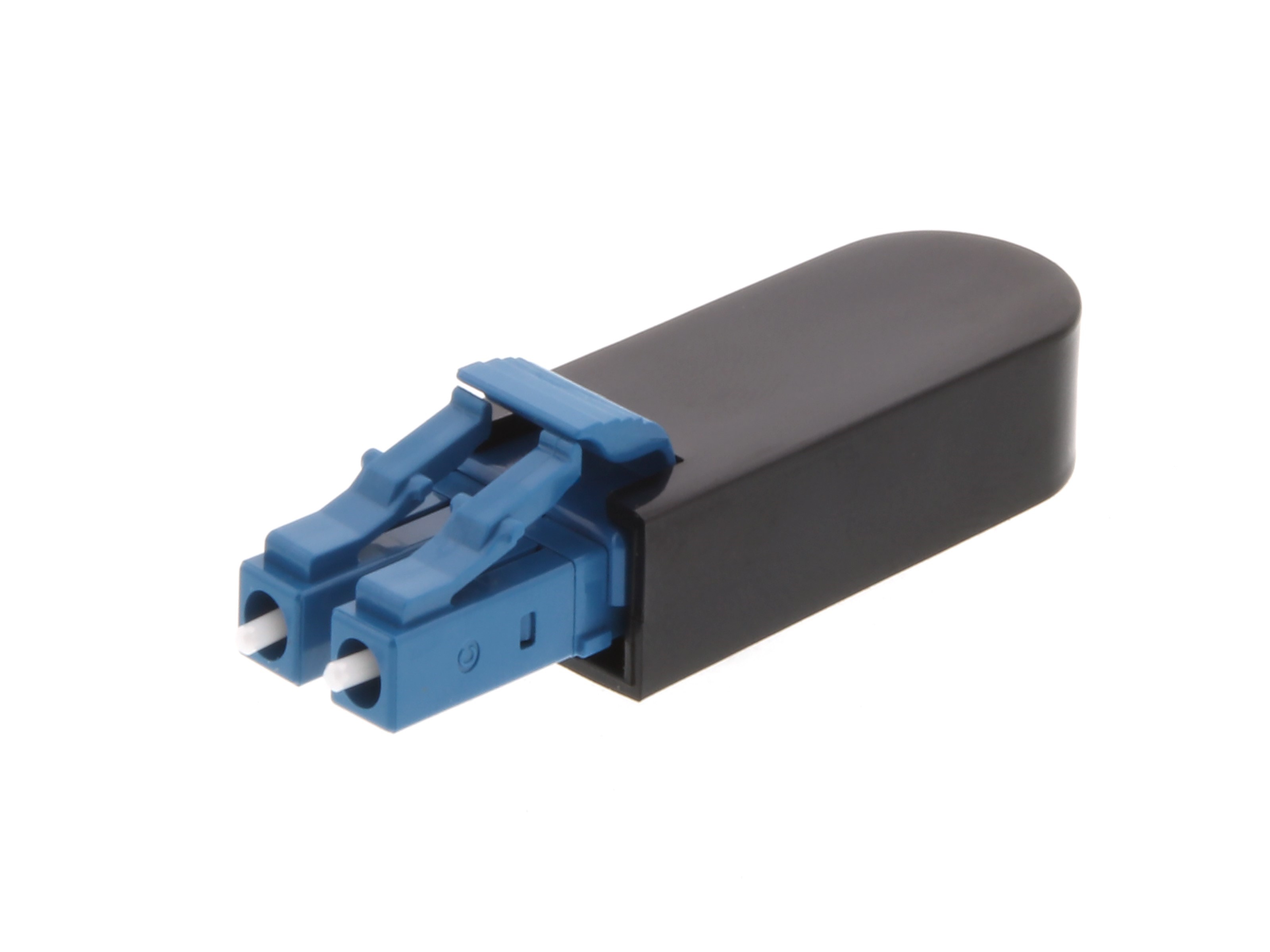
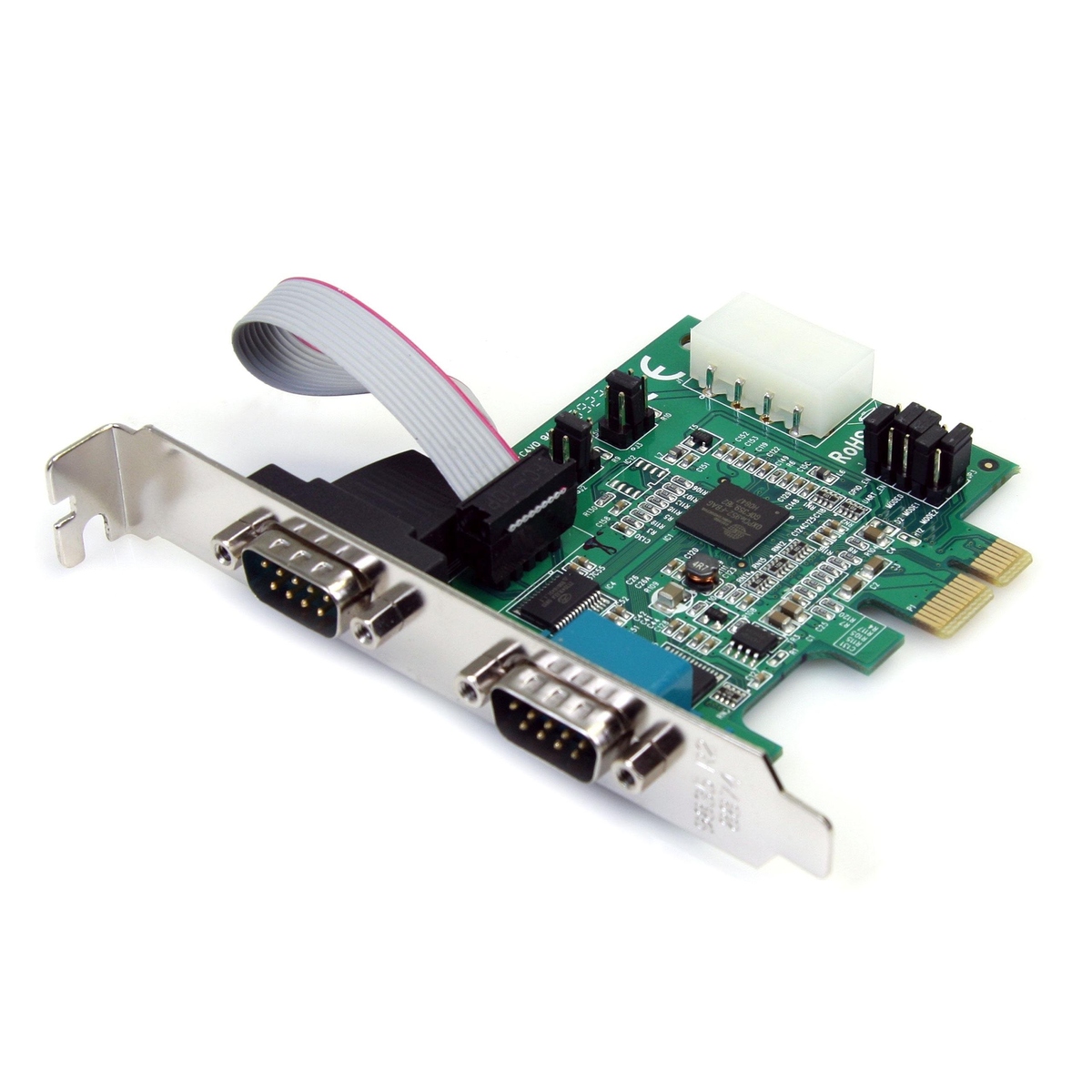
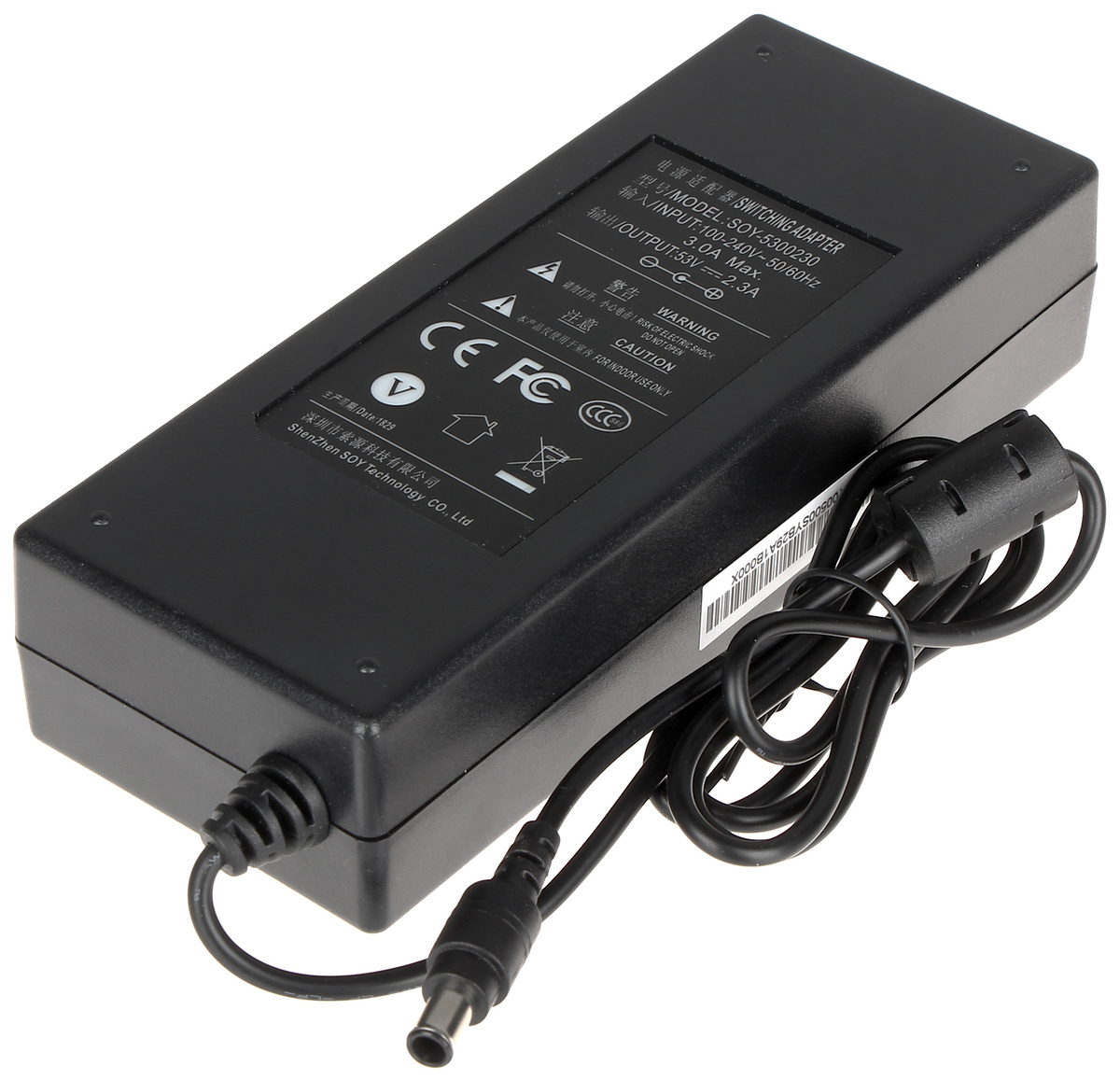

0 thoughts on “What Is A Usb Adapter”